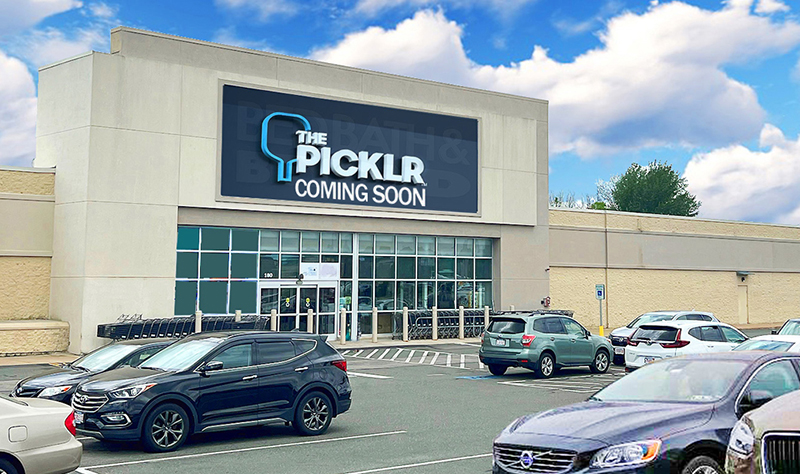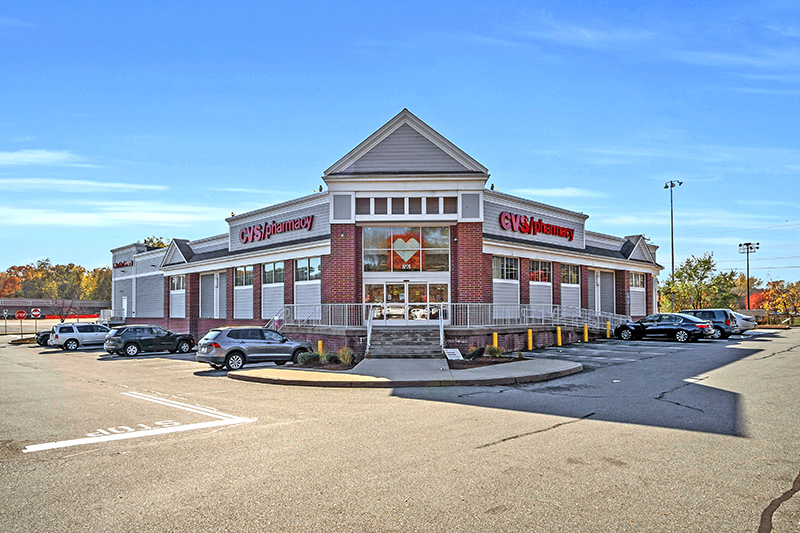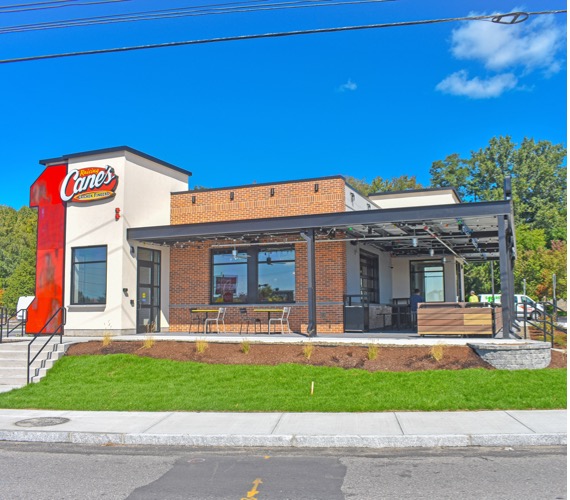News: Retail
Posted: August 25, 2010
Good bones: It pays to look for small signs that signal larger issues in older buildings
We often hear our retail clients tell us that such and such a building has "good bones." Their implication is that since it appears to be structurally sound, it must be a good investment worth buying or renovating. But what does "good bones" mean, exactly?
Clearly if a building has "bad bones" - for example, lots of rust, rot, or insect damage in the main structure - there had better be some other compelling factors to warrant any significant investment. Serious structural problems are generally a sign of major neglect or substandard construction to begin with; in either case, a good reason to stay away. As anyone who has gone through it will tell you, strengthening or repairing basic structural elements can be a very expensive proposition. On the other hand, the absence of obvious damage may not be enough to assure structural adequacy either.
Many older buildings were built when structural engineering was more art than science. This is not all bad, since in many cases the old rules of thumb provided structures of greater strength and redundancy than today's highly analytical building codes.
All too often, unfortunately, that is not the case. TFM engineers have seen many instances over the years of grossly under-designed buildings that stand only, as the saying goes, by force of habit. Many of these buildings show no evidence of how closely they sit to the danger point, and yet over and over they are stressed to the very point of collapse by ordinary load conditions.
Roof trusses are a common example. The gravity loads they carry cause them to spread their inadequately-restrained bearing points, in many cases coming within a fraction of an inch of slipping off their supports.
Heavily cracked beams are another example. These will often open up under load, then close up and hide themselves when loads are removed, making it difficult to assess their true condition.
Foundations are notoriously difficult to assess. Even foundations that have shown little or no signs of distress can settle suddenly due to undermining from previously unsuspected underground streams or sudden decay of organic fill. Sometimes vibrations from trucks and buses, pile driving, or ledge blasting will cause sudden settlement of loose foundation soils.
Even relatively sound buildings built within the past few decades are not immune to sudden collapse. TFM has seen one case where a plugged roof drain imposed loads greater than the ability of the supporting structure to handle them. In another solid, well-designed shopping center, internal bearing walls were removed by a well-meaning owner who misunderstood plans calling for removal of non-bearing walls in the same area. The design and quality of the original structure was excellent, but the structure still came near to collapsing due to the ill-advised removal of a few feet of bearing wall.
Many building owners have taken advantage of recent advances in high-efficiency rooftop heating and cooling units to modernize their heating and cooling equipment. Even if the roof is checked for the weight of the new equipment, the larger boxes or screens around these units can cause snowdrift loads around the units on parts of the roof that were never expected to carry any increased loads.
Sometimes the cribbing that supports the old units is intended to be re-used. However, heavy rusting from years of neglect can easily be hidden, at least for a short while, by a fresh coat of paint. In another renovation project, steel expansion bolts were used to anchor an equipment mezzanine to a concrete wall. Everything was cut and carefully fitted into place, and the bolts were drawn up snug. But they were never fully tightened. So as time went by, and the mezzanine was loaded and unloaded, the anchor bolts worked themselves free from the concrete until one morning the whole mezzanine crashed down onto the floor below causing extensive damage, but luckily, no injuries.
The watchword in each of these cases is vigilance. In assessing a structure, it is not enough to take a quick look at the "bones;" it pays to take the time to look carefully for small signs that signal larger issues. Any potential evidences of distress should not be overlooked - small cracks, unexpected movements of structural members, unexplained suddenly-appearing cracks in a foundation, all can point to more serious issues that should be checked by analysis.
If the analysis shows that the apparently sound structural condition is due more to happy coincidence than inherent strength and stability, you may find yourself faced with expensive structural repairs despite outward appearances. There can be more to "good bones" than meets the eye!
Robert Duval, PE LEED AP is a principal and chief engineer of TFMoran Inc., Bedford, N.H.
Tags:
Retail
MORE FROM Retail
Mace of KeyPoint Partners negotiates 36,192 s/f lease for The Picklr at Endicott Square
Danvers, MA KeyPoint Partners (KPP) negotiated a lease with the nation’s premier indoor pickleball venue The Picklr at Endicott Sq. Vice president of retail brokerage Don Mace negotiated the transaction on behalf of the landlord.




.jpg)


.png)
